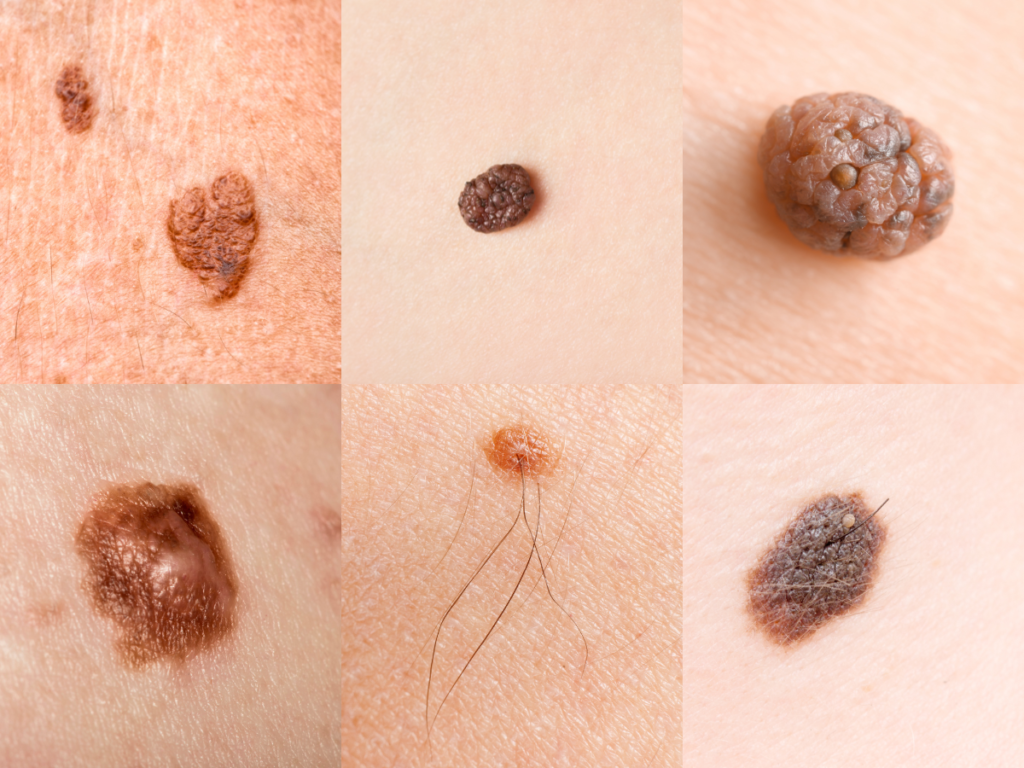Skin cancer is not always announced by a dark mole or a dramatic lesion. Doctors warn that some of the earliest symptoms—dry patches, lingering sores, or even stubborn pimples—are often overlooked, delaying treatment and raising risks.
Subtle Clues Beyond Moles
While most people associate skin cancer with irregular moles, dermatologists stress that the disease can manifest in quieter, more deceptive ways. Persistent rough or scaly spots, sores that refuse to heal, or shiny bumps with fine blood vessels may all be early warning signs. In some cases, what looks like eczema or acne can turn out to be basal cell carcinoma, the most common form of skin cancer.
Why Early Detection Matters
Cancers such as basal cell carcinoma, squamous cell carcinoma, and melanoma are highly treatable when caught early. But when ignored, even a seemingly minor lesion can progress and invade deeper tissues. Regular self-checks—ideally once a month—are recommended, along with yearly dermatological exams for those at higher risk.
Expert Warnings
Specialists emphasize that the danger lies in misinterpretation. A recurring pimple lasting more than a month, or a dry spot that never clears, is cause for medical attention. Dermatologists also advise checking hidden areas, including under the nails and behind the ears, where aggressive melanomas can sometimes appear.
The Bottom Line
Skin cancer remains one of the most common cancers worldwide, but also one of the most preventable. Vigilance, sun protection, and early consultation can make the difference between a simple outpatient procedure and life-threatening disease.


